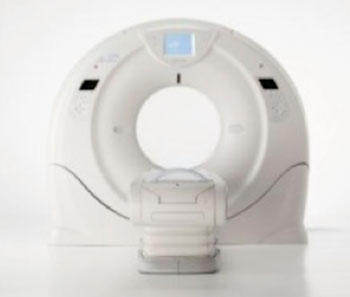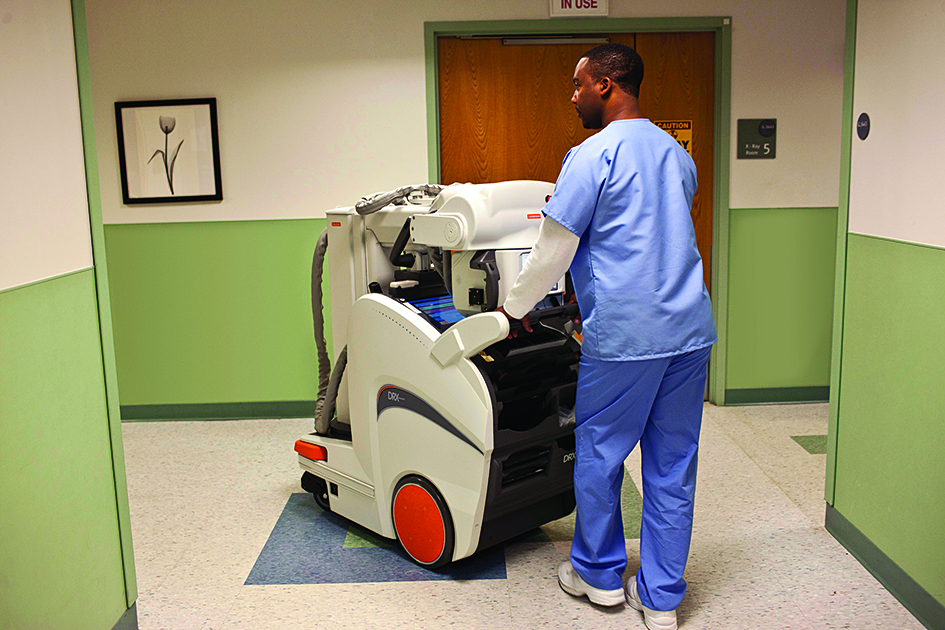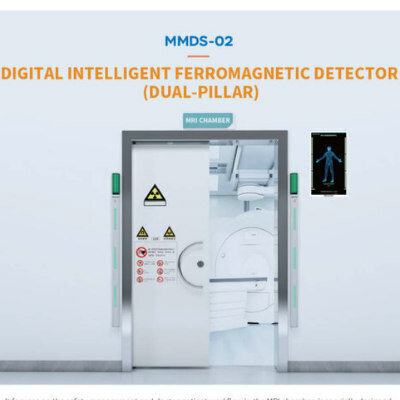Radiography


In Other News
Europe Welcomes Bayer’s Stellant with Certegra Workstation to Support the Radimetrics Enterprise Platform
Portuguese Cancer Center Becomes World’s First to Offer Innovative Radiosurgery Application
Aquilion ONE Second Generation Launches Advanced Features
Philip’s SkyFlow Removes the Grid in Mobile Radiography
GE Healthcare’s Dose Blueprint Launched Alongside EUROSAFE and the New EU Directive on Dose Management at ECR
Siemens Somatom Scope Saves Up to 65% on energy and 35% on Costs
European Initiative Established for Safe X-Ray Use
Wireless, Cassette-Sized Flat Panel Detector Designed for Digital Radiography
Researchers Employ High-Energy X-Ray to Image Living Cancer Cells
Limiting Radiation to Major Salivary Glands in Head and Neck Cancer Patients
CT Scans Shown Not to Interfere with Heart Rhythm Devices
Mobile C-Arm System Combines Ease of Use with Dose Management Features
Favorable Outcomes Seen for Advanced Stage Tonsil Cancer Using Unilateral Radiotherapy
French X-Ray Anode Company Enters Chinese Medical Imaging Market
First MR-Safe and CT-Compatible Neurosurgical Horseshoe Headrest Provides Nonrigid Positioning
Ultrafast CT Scanner Designed for Optimized Cardiology
Dressing Designed to Prevent Skin Reactions During Radiation Therapy
Findings of Canadian Mammography Study Disputed by American Radiology and Breast Imaging Societies
Partnership to Provide Surgical Navigation Capabilities to a Portable CT Scanner
Superbright, Fast X-Rays Can Visualize Just One Layer of Proteins
MR Radiation Oncology Suite Provides Consistent Patient Positioning, Effectively Characterizes Cancer
Radiation’s Link to Higher Mortality Underscored by Largest-Ever Study of Pediatric Low-Grade Glioma Patients
Innovative Mammography Technology Increases Detection Rate
The MedImaging Radiology channel covers fluoroscopy, digital radiography, computerized tomography, mammography, interventional radiology, and other medical uses of X-ray imaging as well as related instrumentation, trends and safety issues.










